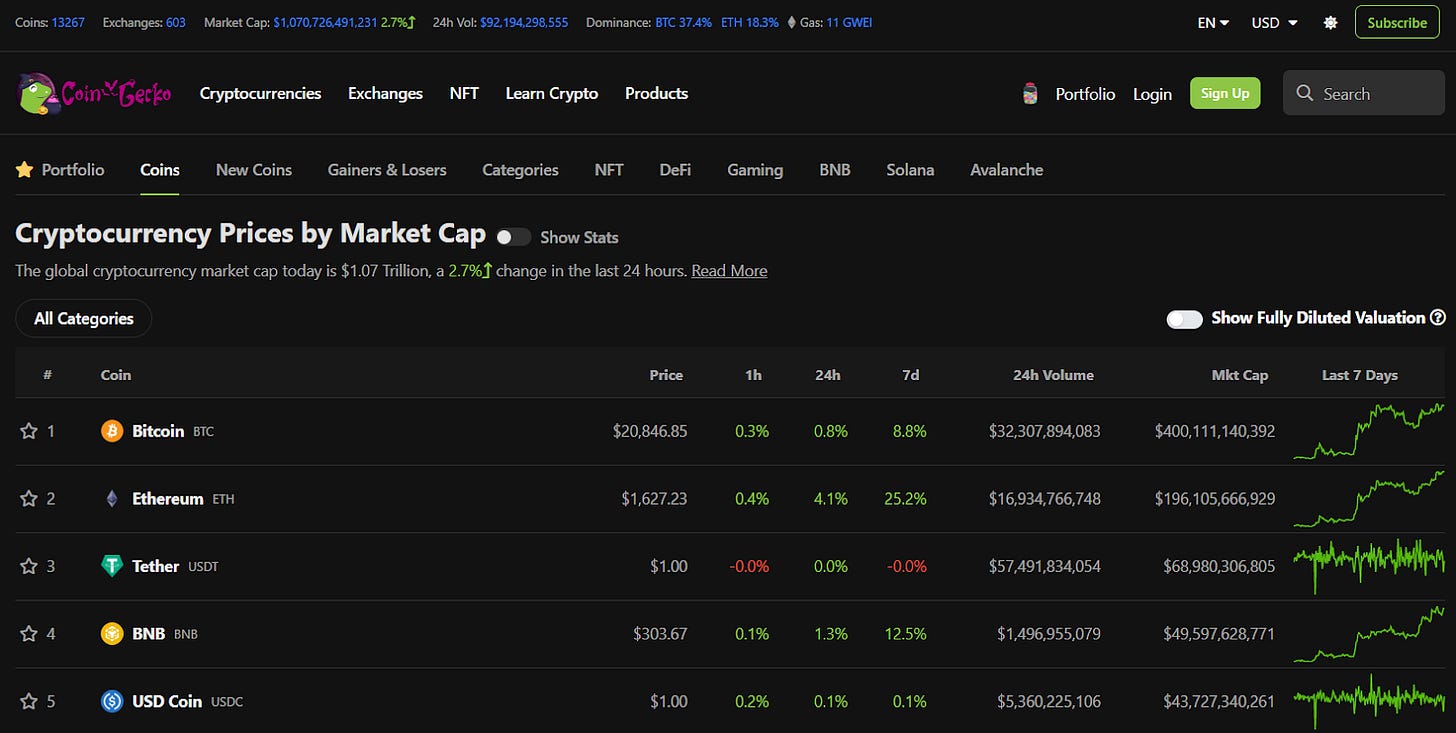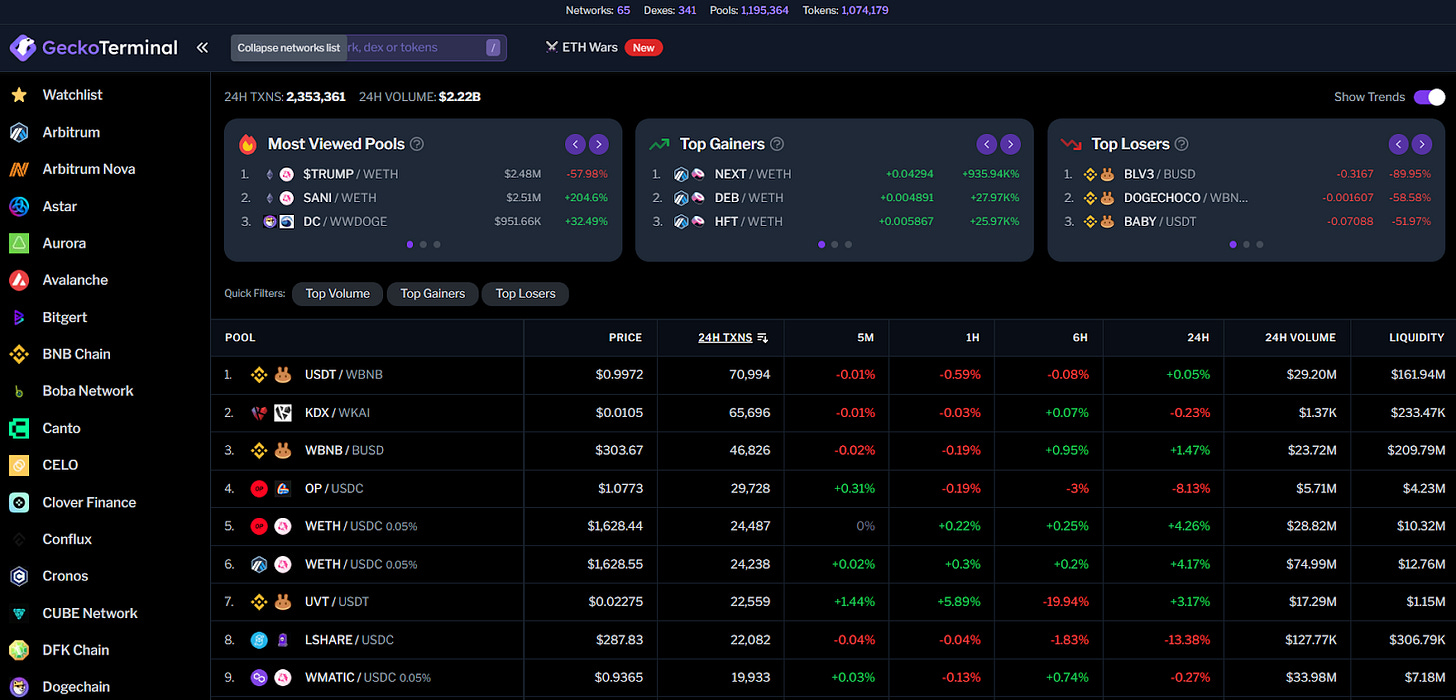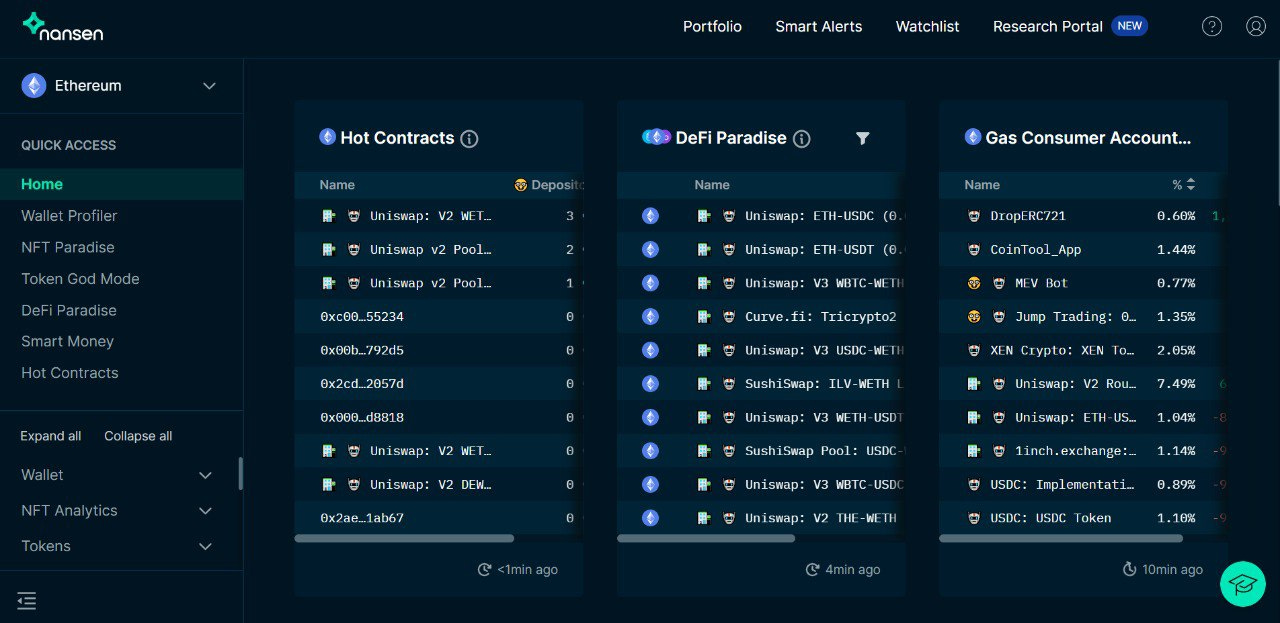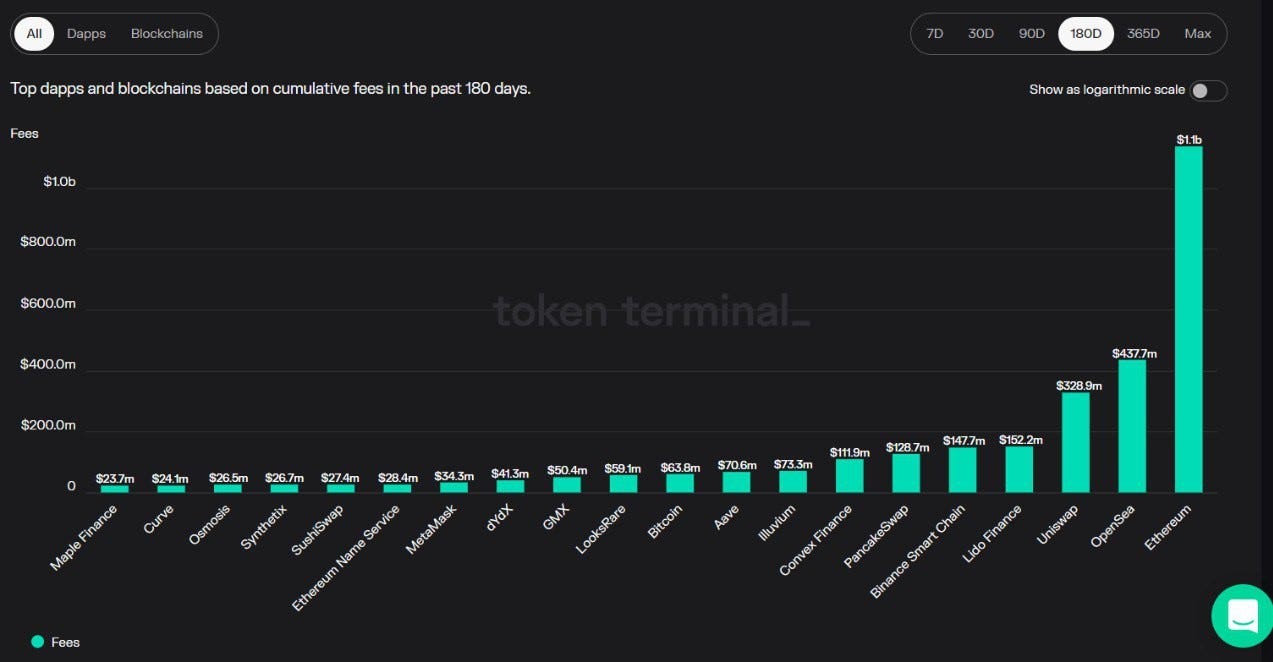In traditional industries, even the most technologically advanced analytical tools have limits.
Why? The simple reason is that data is proprietary.
Whether it’s a dataset you gathered from Facebook or one from a Wall Street quarterly report – it is the information the company wants to disclose.
Thus, the analysis can only go so deep.
Web3, however, allows virtually all data to be viewed by the public.
On-chain sleuthing is an actual thing anyone can do.
Want Proof?
The Crypto Twitterverse explodes with anonymous analysts offering their post-mortems after every industry drama.
And you can too.
The Ethereum blockchain and other top smart contract blockchains are loaded with data.
If you can parse that data well in real-time, there’s plenty of alpha — and even job opportunities — to unlock.
Here are five must-have web3 analytics tools you can use to upgrade your game.
1. CoinGecko & GeckoTerminal 🦎

A few years back, it seemed like everyone used CoinMarketCap to check crypto prices, market caps, volume, etc.
Then Binance acquired CoinMarketCap in April 2022, which many felt the platform had been “captured.”
The community started looking for alternatives. The platform that saw the most success in recent years has been CoinGecko, who quietly out-built its competitor during the bear market, and is now currently the world’s largest independent crypto data aggregator.
What’s great about CoinGecko besides its independence is that it feels like the platform is always ahead of the curve.
Whenever you want to check the price action or trade volume of some new obscure coin, CoinGecko seems to always have the basic data on that token ahead of everyone else.
Part of the reason for this impressive responsiveness?
CoinGecko’s reach is downright massive — the platform currently tracks key stats for over 13,000 different crypto assets across over 600 crypto exchanges!

So if you’re looking to track crypto trends in real-time for the biggest projects and for categories like New Coins and Big Gainers & Losers, CoinGecko is as solid as solid gets.
But that’s not all — the project’s also recently launched GeckoTerminal.
GeckoTerminal is a DEX aggregator.
Remember when we said CoinGecko’s reach is massive?
The same is true for GeckoTerminal — if there’s a token you want to trade, whether it’s on an Ethereum Virtual Machine (EVM) chain or a non-EVM chain, GeckoTerminal likely has the charts and the pools you’re looking to directly analyze!
2. DeFi Llama 🦙
As a DeFi power user, DeFiLlama is a treat to use.
Why?
Because DeFiLlama accurately and quickly tracks total value locked (TVL) data and volume data across +150 chains and tons of different protocols, meaning the platform is a fantastic way to “see the cryptoeconomy from above” at any given time, so to speak.
However, DeFiLlama is so much more than a plain DeFi stats hub.
The project also provides real-time yield metrics, stablecoin charts, liquidation activities, airdrop opportunities, hack info, and beyond.
In other words once you go ‘Llama, you never go back’. 🦙
3. Dune Analytics 🏜️
Over the past couple of weeks, Reddit NFTs have popped off.
Yet a few weeks ago we didn’t know anything about them at all!
Where’d did we go to catch up?
The answer is Dune Analytics.
Dune Analytics is a platform that lets anyone create crypto analytics dashboards anyone else can review using SQL.
For example, we researched about Reddit NFTs mentioned above using an analytics dashboard created by Dune user petertherock, and it covered everything we needed, like number of NFT holders, sales volume, and more.
The cool thing about Dune is that it covers these sorts of stats for DeFi and NFT projects alike across a variety of chains, like Ethereum, Arbitrum, Optimism, Polygon, and beyond.
We recommend Dune as an important part of any on-chain analysts info diet accordingly.
4. Nansen 🧭
If someone challenged us to make $1 million in the cryptoeconomy using only one tool in a year, it would be Nansen.
That $1M mark is an arbitrary number in a hypothetical example, but the results Nansen can help you achieve are very real.

It won’t lead you to constant wins, but it will help you surface notable “1 in 100” or “1 in 1,000” plays in real-time in ways that other projects can’t.
For instance, Nansen provides the following awesome services:
- Wallet Profiler — metrics on any wallet address
- Hot Contracts — a dashboard for tracking trending smart contracts
- DeFi Paradise — a complete overview of the DeFi economy
- NFT Paradise — a complete marketview of the NFT economy, including trending collections and new mints
- Smart Money — a dashboard for tracking the activities of prolific crypto and NFT traders
- Token God Mode — a one-stop search engine for all the main info around a token, e.g. volume, transactions activity, etc.
5. Token Terminal 👩💻

Token Terminal is one of our favorite crypto analytics platforms because it arguably has the best fee and revenue stats around for both blockchains and protocols.
Want to know just how profitable a given crypto project is at any given time?
Token Terminal has you covered, whether you’re researching projects across a certain vertical — e.g. lending markets — or across entire chains.
Becoming A Better Crypto Analyst
If you learn how to navigate the 5 crypto analytics projects listed above, you will become a better crypto analyst than most everyone else right now.
The good news is that these platforms make navigating key blockchain data simple, so it doesn’t take a particularly specialized knowledge base to get adept at them.
Explore and use the projects, and who knows?
You might just start pulling out on-chain victories that you didn’t know were previously possible!
Via this site



